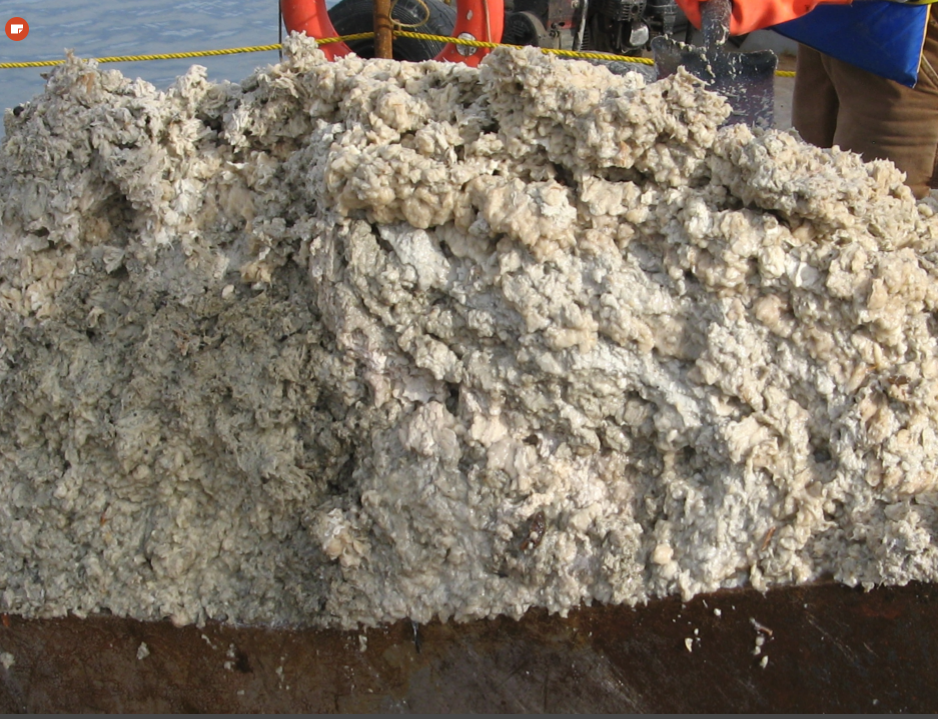THUNDER BAY – Cleanup of decades-old mercury pollution in Thunder Bay’s north harbour is expected to cost at least $65 million – although it remains unclear exactly how that tab will be divided.
On Monday, Thunder Bay city council endorsed a plan to contain the nearly 400,000 cubic metres of contaminated sediment, a result of years of pollution from a former pulp and paper mill, within the harbour.
That plan would involve building a new “confined disposal facility” (CDF) on site, filling in about nine hectares of open water. City administration recommended the strategy from among three shortlisted by a multi-stakeholder working group that includes the federal and provincial governments and Thunder Bay Port Authority, as well as the city.
Mayor Bill Mauro questioned whether the solution was environmentally sound, or chosen simply because it was the cheapest of three options considered by the group at $65 million - $10 million to $15 million lower than the other shortlisted options.
“If this was a mine and we were going to store this type of contaminated material this close to the water, I’m not sure it would receive any approvals in today’s day and age,” he said.
Roger Santiago, the head of Environment and Climate Change Canada’s sediment remediation unit, assured the mayor the strategy would contain the pollution and keep contaminants out of the harbour, and touted “extensive monitoring” that would be in place.
Numerous studies had shown “this material poses no risk as it sits now or during the construction phase,” he said.
The mill in question, located near the mouth of the Current River, was operated by Abitibi for the majority of its history, and by Cascades for nearly a decade, before closing permanently in 2007.
Abitibi filed for bankruptcy, while Santiago previously indicated Cascades could pay up to 10 per cent of the remediation costs.
City council endorsed the on-site CDF strategy Monday, with Mauro the only dissenting vote. The city has indicated it expects a final decision on the matter to be made by lead federal and provincial agencies, after canvassing members of the working group for their preferences.
Correction: An earlier version of this article incorrectly indicated the on-site CDF strategy was recommended by the Thunder Bay North Harbour Sediment Management Working Group. In fact, the strategy was recommended by city administration and approved by city council. A recommendation has not been made by the working group.
